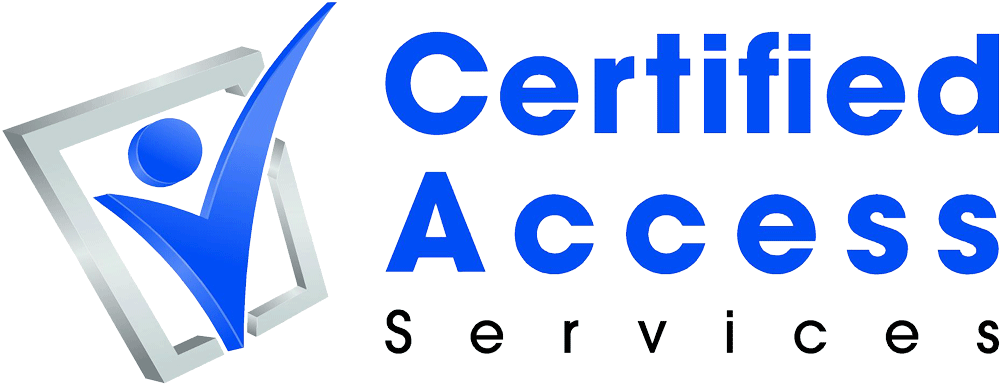The Economics of Providing An Accessible Facility
/Accessible Environment = Better Business
Many business owners don’t see the opportunity to increase business by making ADA improvements. More than 1 and 4 Americans have some form a disability and if your facility is not accessible, you could be missing out on loyal customers and not even know it.
Think about it. If you had a mobility condition and had to choose between two Italian restaurants: One that provides accessible parking & one that doesn’t. Which one would you choose? That customer (and accompanying friends and family) is much more likely to dine at the accessible restaurant.
The same can be said about any industry that interacts with the public. A hotel chain that takes accessibility seriously will not only avoid litigation costs but will attract loyal customers that are more likely to stay at their property even if the cost is higher than nearby competitors.
Accessibility Improvements Don’t Need to Cost a Fortune
While some improvements can be costly, we find that approximately 80% of the barriers that our CASp inspectors find can be easily fixed by business owners or handymen. Every time an architectural barrier is removed, more customers can be accessed and exposure to litigation is reduced. We highly recommend having your facility CASp inspected so that you can make an action plan and reach more customers. The Federal government also offers tax credits for ADA improvements. Incorporating the tax credits into your barrier removal strategy can greatly reduce ADA improvement costs.
Click here for a Free Estimate to have your facility evaluated by a CASp inspector.
Resources
CDC - https://www.cdc.gov/ncbddd/disabilityandhealth/infographic-disability-impacts-all.html

